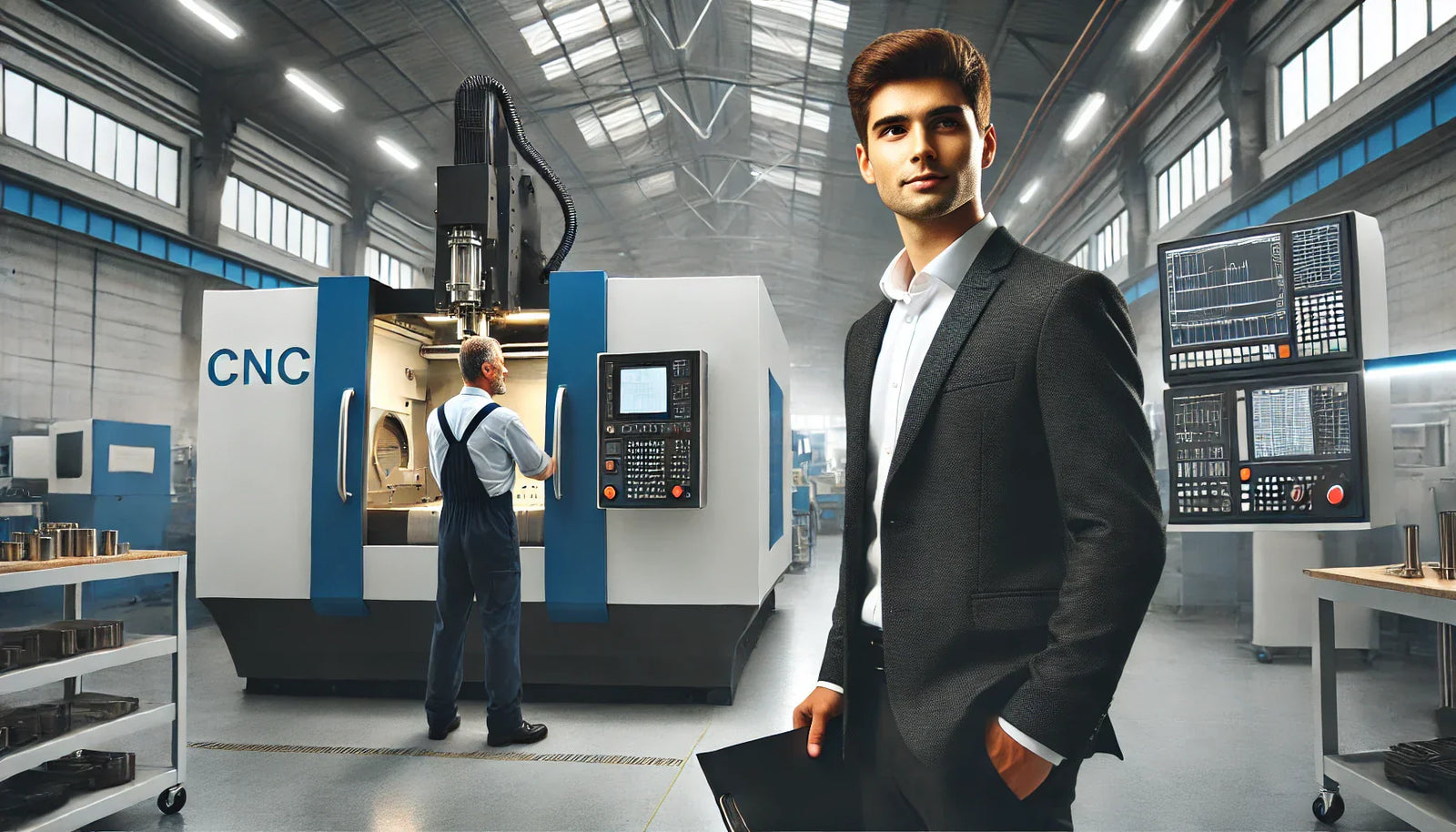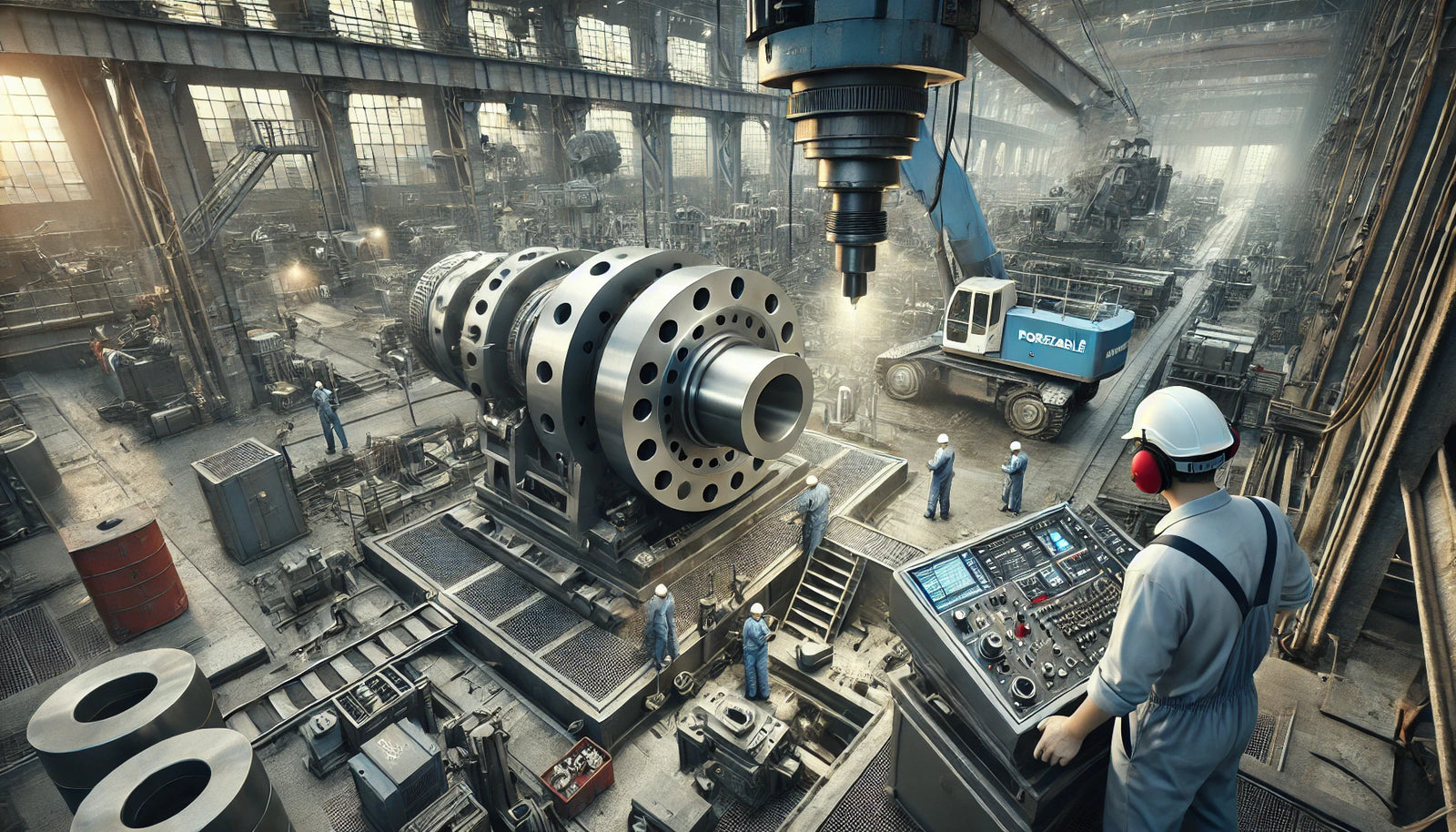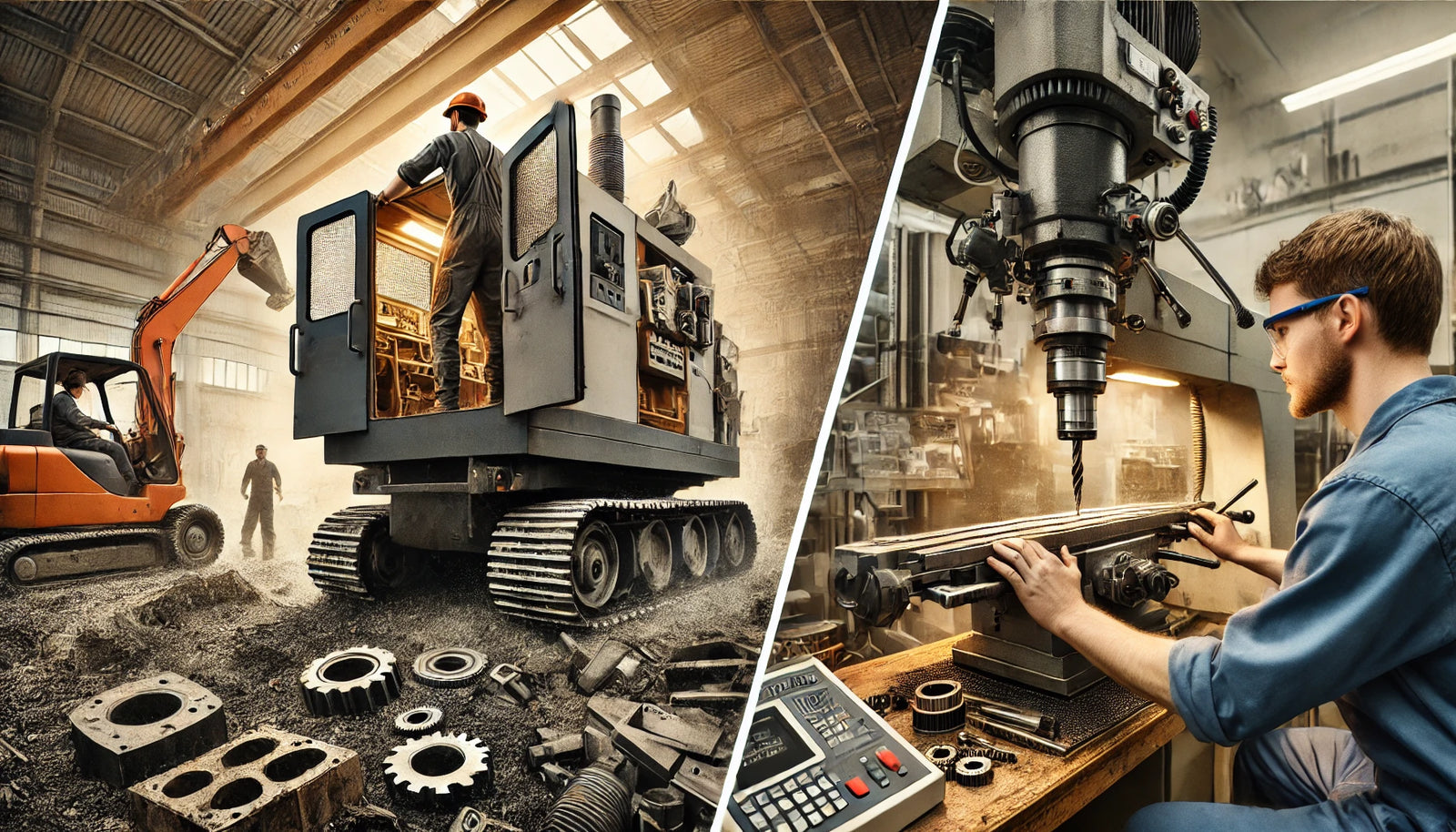In today's fast-paced manufacturing environment, staying competitive means constantly improving the speed and accuracy of product development and quality control processes. One of the most effective tools for achieving these improvements is the 3D scanner. By leveraging 3D scanning technology, companies can enhance their product development cycles and ensure higher quality standards. Here’s a closer look at the benefits of using 3D scanners for faster product development and quality control:
1. Accelerated Product Development Cycles
3D scanners can significantly speed up the product development process. Traditional methods of capturing physical dimensions and creating models can be time-consuming and prone to error. With 3D scanning, detailed and accurate digital representations of physical objects can be created quickly. This rapid digitization allows for faster prototyping, as designers can easily modify and iterate on digital models without the need for physical adjustments.
2. Enhanced Design Accuracy
The precision of 3D scanners ensures that every minute detail of an object is captured accurately. This high level of detail is crucial for product design, as it allows engineers and designers to work with exact measurements and geometries. By starting with precise digital models, companies can reduce the risk of errors in the design phase, leading to better-fitting and higher-quality products.
3. Improved Reverse Engineering
3D scanners are invaluable for reverse engineering applications. When existing products or parts need to be replicated or modified, 3D scanning provides a quick and accurate way to capture their geometry. This process is particularly useful for creating digital models of legacy parts that lack original design documentation, enabling manufacturers to produce exact replicas or make necessary improvements.
4. Streamlined Quality Control
Quality control is a critical aspect of manufacturing, and 3D scanners excel in this area. By comparing scanned data to CAD models or predefined specifications, quality control teams can quickly identify deviations and defects. This non-contact measurement method is not only faster but also more comprehensive than traditional inspection techniques, ensuring that every aspect of a product meets quality standards.
5. Reduction in Development Costs
The speed and accuracy provided by 3D scanning technology can lead to significant cost savings. Faster product development cycles reduce time-to-market, while the precision of digital models minimizes the need for costly rework and corrections. Additionally, the ability to identify and address quality issues early in the production process prevents expensive recalls and customer dissatisfaction.
6. Enhanced Collaboration and Communication
3D scanning facilitates better collaboration among design, engineering, and production teams. Digital models can be easily shared and reviewed, allowing team members to provide input and make decisions quickly. This enhanced communication ensures that everyone is on the same page, reducing misunderstandings and streamlining the development process.
7. Support for Complex Geometries
Modern products often feature complex geometries that are challenging to capture and replicate using traditional methods. 3D scanners can handle these complexities with ease, capturing intricate details and internal features that might be missed by other measurement tools. This capability is essential for industries such as aerospace, automotive, and medical devices, where precision and complexity are paramount.
8. Flexibility and Versatility
3D scanners are highly versatile and can be used for a wide range of applications beyond product development and quality control. They are employed in fields such as archaeology, forensics, art preservation, and more. This flexibility makes 3D scanning a valuable investment for companies looking to enhance multiple aspects of their operations.
9. Enhanced Data Archiving
Digital models created by 3D scanners serve as excellent references for future projects. These models can be stored and archived, providing a comprehensive digital library of parts and products. This archiving capability is beneficial for maintaining consistency in manufacturing, supporting future design modifications, and preserving intellectual property.
Conclusion
The integration of 3D scanners into product development and quality control processes offers numerous benefits that can drive innovation, efficiency, and competitiveness. By accelerating development cycles, improving design accuracy, streamlining quality control, and reducing costs, 3D scanning technology enables manufacturers to bring high-quality products to market faster. As industries continue to evolve, the adoption of 3D scanning technology will undoubtedly play a crucial role in shaping the future of manufacturing and product development.





